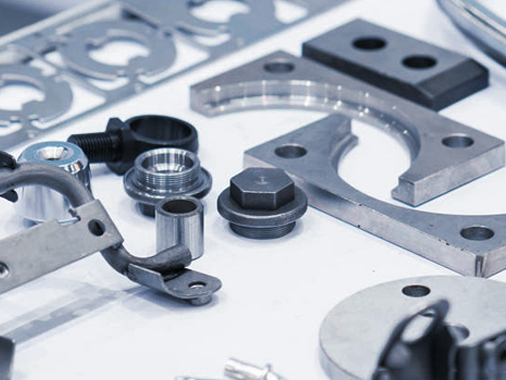Metal Stamping: Revolutionizing Automotive and Electronics Industries+ View more
Metal Stamping: Revolutionizing Automotive and Electronics Industries
+ View more
Date:2023-12-20 10:53
Metal stamping stands at the forefront of industrial transformation, serving as a linchpin in revolutionizing the automotive and electronics sectors. This article explores the profound impact of metal stamping, elucidating its pivotal role, advancements, and transformative influence on these two industries.
Evolution of Metal Stamping in the Automotive Sector
Metal stamping has been instrumental in shaping the automotive industry. From its inception in mass-producing vehicle body parts to the modern era of precision stamping for complex components, its evolution has been indispensable. Advanced stamping technologies and high-strength alloys have propelled automotive design and performance to unprecedented levels.
Advantages and Applications in Automotive Manufacturing
The advantages of metal stamping reverberate across the automotive landscape. Its cost-effectiveness, high production rates, and capability to create complex geometries make it indispensable. Applications range from structural components to intricate parts, ensuring safety, durability, and aesthetics in vehicles.
Metal Stamping's Impact on Electronics Manufacturing
In the electronics industry, metal stamping assumes a pivotal role. Precision stamping facilitates the creation of intricate electronic components with micron-level accuracy. The miniaturization trend is made possible by metal stamping, enabling the production of smaller, more efficient, and high-performance devices.
Precision and Tolerance in Electronic Component Manufacturing
The demand for precision and tolerance in electronic components is met by metal stamping's capabilities. The ability to produce intricate connectors, shielding components, and circuitry with tight tolerances ensure optimal performance and reliability in electronic devices.
Materials and Technological Advancements
The evolution of materials and stamping technologies drives innovation in both industries. High-strength steels, aluminium alloys, and advanced die designs enable the fabrication of lightweight yet robust automotive parts. Similarly, in electronics, stamping with exotic alloys and precision tooling enhances the performance of miniaturized components.
Future Trends and Innovations
Looking ahead, the future of metal stamping in these industries is poised for continual innovation. Advancements in materials science, the integration of simulation technologies, and the rise of smart factories are set to redefine the landscape, catering to the demands of both sectors for efficiency, sustainability, and precision.
Conclusion
In conclusion, metal stamping serves as an indelible force driving transformation in the automotive and electronics industries. Its ability to craft intricate, high-quality components has redefined manufacturing standards, enabling leaps in innovation and performance. As these industries evolve, metal stamping's adaptability and precision remain pivotal in shaping a future characterized by innovation, efficiency, and technological excellence.
Metal stamping isn't merely a manufacturing process; it's an enabler of progress, revolutionizing industries that underpin our modern world with its precision and transformative capabilities.
Share to:
Recommend wonderful blog posts

